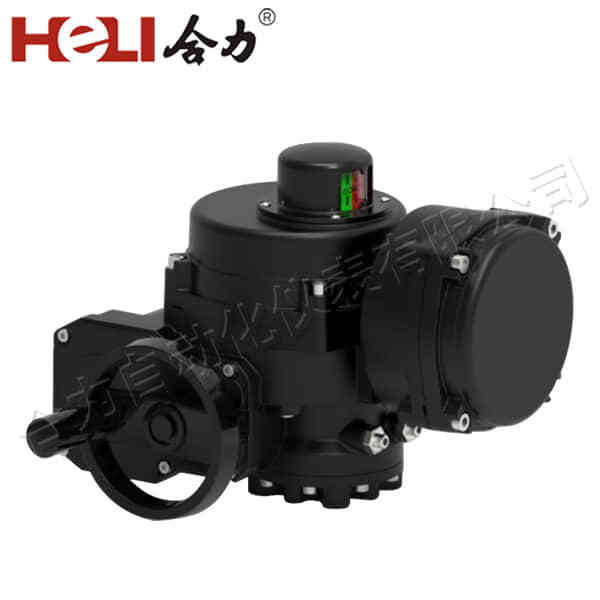Electric actuator valves are crucial components in industrial automation systems, playing an essential role in controlling the flow of liquids, gases, and other materials through pipes. By integrating electric actuators with valves, industries can improve the efficiency, reliability, and precision of their processes. In this article, we’ll explore the functioning, types, advantages, and applications of electric actuator valves, and why they are becoming indispensable in various industries.

What Are Electric Actuator Valves?

An electric actuator valve is a device that utilizes electric power to operate a valve, which in turn regulates or controls the flow of fluid or gas through a system. The actuator is an electric motor that converts electrical energy into mechanical movement, enabling the valve to open, close, or modulate based on the desired flow rate or pressure. These systems are an alternative to traditional pneumatic or hydraulic actuators, offering unique advantages in certain applications. Electric actuators are used to control both on/off valves and modulating valves, depending on the application. The basic structure of an electric actuator valve consists of a valve body, an electric actuator, and a control system, which can be a simple switch or a sophisticated automated control system, such as a programmable logic controller (PLC) or a distributed control system (DCS).

Leave a Reply